Jake Mohlmann on his just concluded tour, Texas: The Rio Grande Valley in Winter
We just wrapped up another winter tour through the southern tip of Texas. One hundred ninety-three species of birds were detected over our 9 days together.

Our group enjoying sunny south Texas weather.
Towards the end of our week in the Lower Valley our third attempt at Morelet’s Seedeater was a success. We watched at length through the scope as a pair fed on grass seeds.
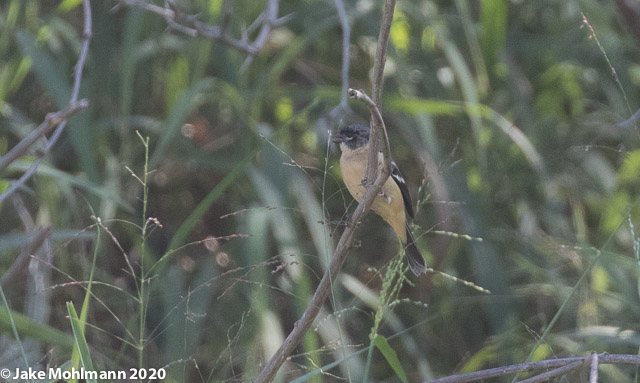
This male Morelet’s Seedeater showed nicely.
Our morning at Chapeno holding vigil at sunrise was a highlight of the tour. Terns were soaring by, a Ringed Kingfisher hovered above, and a male Hooded Oriole glowed in the early morning rays. We knew this was a good decision when we first arrived and had an American Pipit sit within 20 feet of us on the rocks and pose for some really great views.
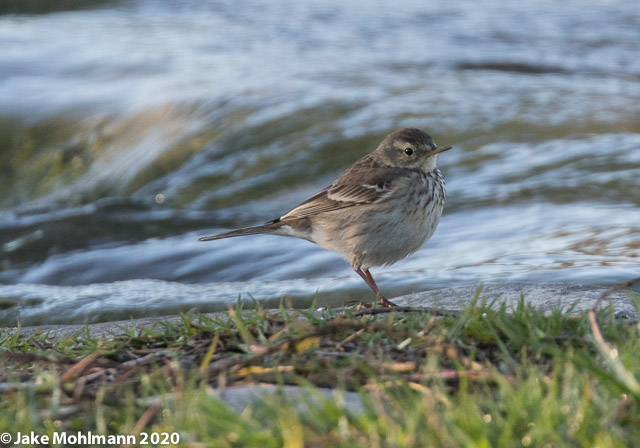
An American Pipit on the banks of the Rio Grande.
Finding shorebirds is always a fun part of this tour. We hit the tides right a couple of times and as a result birds were very close to the roads. A striking and much banded American Oystercatcher landed at our feet near Bahia Grande and proceeded to show us the process of oyster eating.
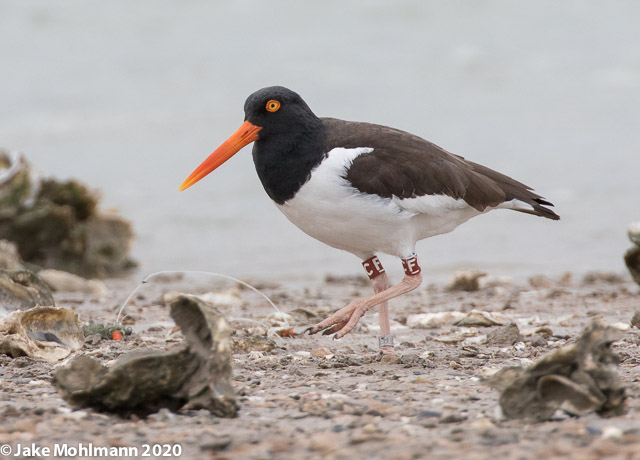
Oysters beware; this birds looking for you.
At Santa Ana National Wildlife Refuge we huddled around a dense willow thicket in awe of an amazing songster that was able to mimic at least 6 other species as we tuned in. Everyone had a guess for the ID and most thought perhaps a thrasher. We were much amazed when our singer revealed itself as a White-eyed Vireo.
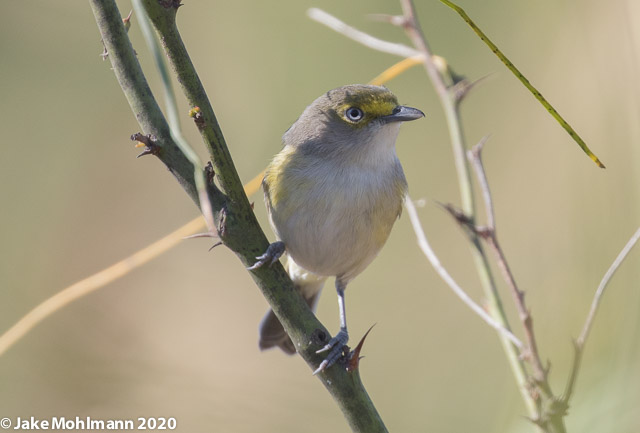
A White-eyed Vireo sang melodiously and with startling variety, and showed well too.
We found rare birds in the mix along the way. Amongst a flock of dowitchers a Pectoral Sandpiper sat quietly trying to blend into the crowd. Maybe it was confused why it wasn’t in Argentina where it should be.
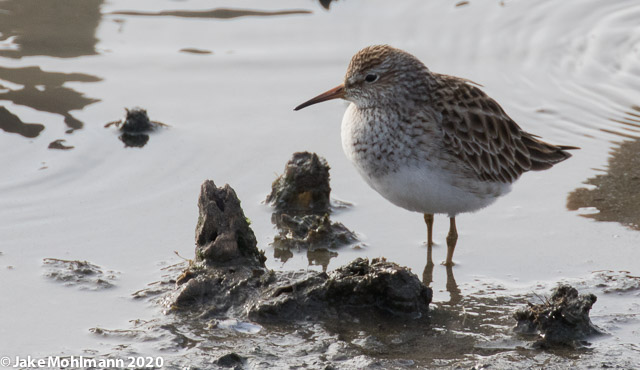
A winter Pectoral Sandpiper was quite rare.
I have to admit a lot of people come on this tour to see Whooping Cranes, and this year proved once again why we visit these birds by boat. Using radar, we headed out through the foggy bay to reach Aransas National Wildlife Refuge and eventually crept ever so close to a pair of Whooping Cranes as they slowly walked through the muddy marsh successfully consuming blue crabs, their winter prey of choice.
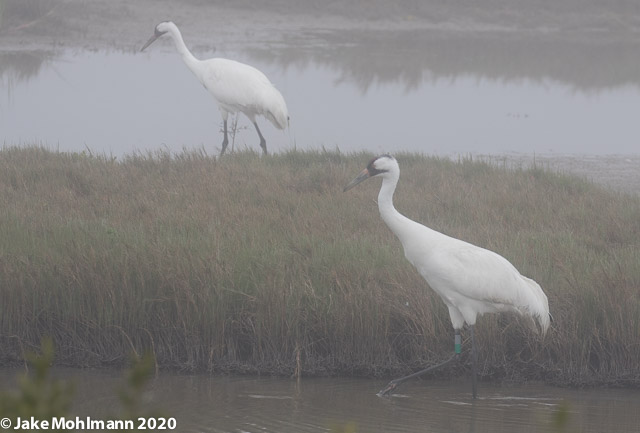
Whooping Cranes hunt in family groups in winter.

A Blue Crab is no match for a Whooping Crane.
